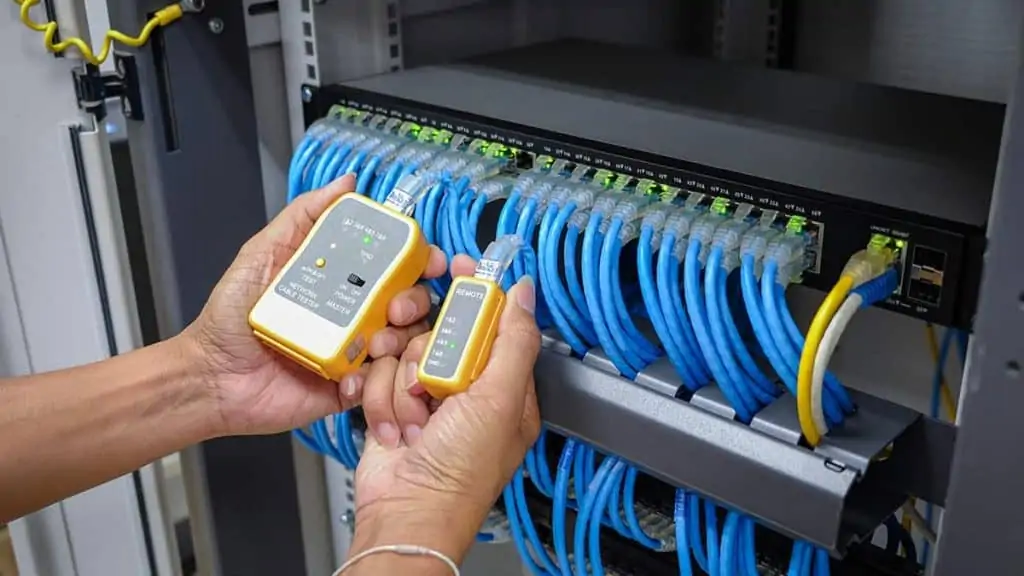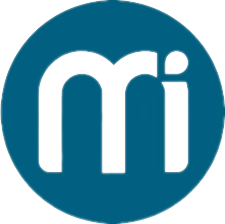A Complete Guide to Structured Cabling Systems for Beginners

In today’s fast-paced, technology-driven world, having a reliable and organized cabling infrastructure isn’t just a luxury — it’s a necessity. Whether you’re setting up a small office, expanding a business, or upgrading your IT systems, structured cabling plays a vital role in keeping your network stable, efficient, and future-ready.
If you’re new to structured cabling systems, don’t worry — this guide will break it all down in a simple, conversational way. By the end, you’ll understand what structured cabling is, why it matters, how it works, and why Data Com offers the best structured cabling service in Orlando, FL to keep your business connected and secure.
What Is Structured Cabling, and Why Does It Matter?
Imagine a tangled mess of cables under your desk — wires crisscrossing, mismatched connections, and labels missing. Now, imagine trying to troubleshoot a network issue in that mess. Frustrating, right? That’s exactly what structured cabling solves.
Structured cabling is a standardized system of cables and components designed to organize and manage your IT infrastructure. Instead of random connections, it follows a clear, logical design that makes your network easier to manage, troubleshoot, and expand.
Think of it like the foundation of a building. Without a solid foundation, the entire structure is unstable. Similarly, without proper cabling, your network suffers from slow speeds, connectivity issues, and costly downtime.
The Main Components of a Structured Cabling System
Structured cabling systems are made up of several key components, each serving a unique purpose. Here’s a quick breakdown:
1. Entrance Facilities
This is where your network connects to the outside world. It’s the point where your service provider’s cables enter your building.
2. Equipment Room
A centralized space that houses servers, switches, routers, and other major network equipment.
3. Backbone Cabling
These are the “highways” of your network, connecting different floors, buildings, or departments together.
4. Horizontal Cabling
Horizontal cables run from the telecom room to individual workstations, desks, and devices.
5. Telecommunications Rooms
These small rooms or closets act as distribution hubs, connecting backbone cabling to horizontal cabling.
6. Work Area Components
These include the outlets, connectors, and patch cords that directly connect your devices.
Understanding these components helps you visualize how structured cabling creates an organized, seamless communication flow across your entire office or facility.
Benefits of Structured Cabling Systems
Structured cabling offers far more than just neatness — it transforms how your business operates. Here are the top advantages:
✅ 1. Better Organization
No more spaghetti-like mess under desks or tangled wires in server rooms. Structured cabling keeps everything neat, labeled, and easy to manage.
✅ 2. Faster Troubleshooting
When something goes wrong, technicians can quickly locate the issue without spending hours untangling cables. This means less downtime for your business.
✅ 3. Improved Network Performance
With proper cabling standards, you get faster data transfer speeds, lower latency, and better connectivity — essential for today’s cloud-driven businesses.
✅ 4. Scalability and Flexibility
Planning to grow your business? Structured cabling systems make upgrades and expansions simple, without needing a complete infrastructure overhaul.
✅ 5. Cost-Effective in the Long Run
While the initial installation might seem like an investment, structured cabling saves you money by reducing downtime, maintenance costs, and system failures.
Structured Cabling Standards You Should Know
Structured cabling isn’t random — it follows strict standards set by TIA/EIA (Telecommunications Industry Association and Electronic Industries Alliance). These standards ensure consistency, reliability, and compatibility across different networks and devices.
Some commonly used standards include:
-
TIA/EIA-568 → Defines categories of copper and fiber optic cabling
-
TIA/EIA-569 → Covers pathways and spaces for cable routing
-
TIA/EIA-606 → Deals with proper cable labeling and documentation
Following these standards ensures your system is built for peak performance and future upgrades.
Fiber Optic vs. Copper Cabling: Which Should You Choose?
When setting up structured cabling, one of the biggest decisions is whether to use fiber optic or copper cables. Here’s a quick comparison:
| Feature | Fiber Optic Cables | Copper Cables |
|---|---|---|
| Speed | Extremely fast, supports multi-gigabit speeds | Decent but slower |
| Distance | Can transmit over miles without signal loss | Best for shorter distances |
| Interference | Immune to electromagnetic interference | Can be affected by EMI |
| Cost | Slightly higher upfront | More affordable |
| Best For | High-speed internet, data centers, large enterprises | Small to medium-sized networks |
If you need lightning-fast speeds and future-proof connectivity, fiber optic cabling is the way to go. Luckily, Data Com in Orlando specializes in both fiber optic and copper structured cabling solutions tailored to your needs.
Common Mistakes to Avoid in Structured Cabling
Setting up a structured cabling system might sound simple, but beginners often make mistakes that lead to performance issues. Here are some pitfalls to avoid:
-
❌ Using low-quality cables that limit speed and reliability
-
❌ Overloading cable trays and conduits
-
❌ Ignoring proper cable labeling and documentation
-
❌ Skipping testing and certification after installation
-
❌ Choosing an inexperienced installer
This is why hiring a professional structured cabling company like Data Com is essential. With expert planning and precise installation, you’ll get a future-ready network that performs flawlessly.
Why Choose Data Com for Structured Cabling in Orlando, FL
If you’re looking for the best structured cabling service in Orlando, FL Data Com is your go-to partner. Here’s why businesses trust us:
-
Expert Installation → Our certified technicians follow TIA/EIA standards for reliable performance.
-
Custom Solutions → We design structured cabling systems tailored to your business needs.
-
Scalable Networks → Whether you’re a small office or a multi-site enterprise, we future-proof your infrastructure.
-
End-to-End Support → From design to installation to maintenance, we handle everything.
-
Orlando’s Trusted Provider → Serving businesses across Central Florida with unmatched quality and service.
With Data Com, you get seamless connectivity, faster networks, and complete peace of mind.
Tips for Maintaining Your Structured Cabling System
Once your cabling system is installed, proper maintenance keeps it performing at its best:
-
Regularly inspect and test cables for wear and tear
-
Keep cables labeled and documented for easy troubleshooting
-
Avoid overheating by ensuring proper airflow in equipment rooms
-
Schedule annual maintenance checks with professionals like Data Com
Final Thoughts
Structured cabling is the backbone of your business network. Whether you’re connecting workstations, servers, or security systems, a properly designed and installed cabling system ensures faster speeds, fewer issues, and long-term scalability.
For businesses in Orlando, FL, choosing Data Com means you’re investing in top-notch structured cabling solutions that are reliable, future-ready, and customized for your needs.
- Art
- Causes
- Crafts
- Dance
- Drinks
- Film
- Fitness
- Food
- Games
- Gardening
- Health
- Home
- Literature
- Music
- Networking
- Other
- Party
- Religion
- Shopping
- Sports
- Theater
- Wellness


